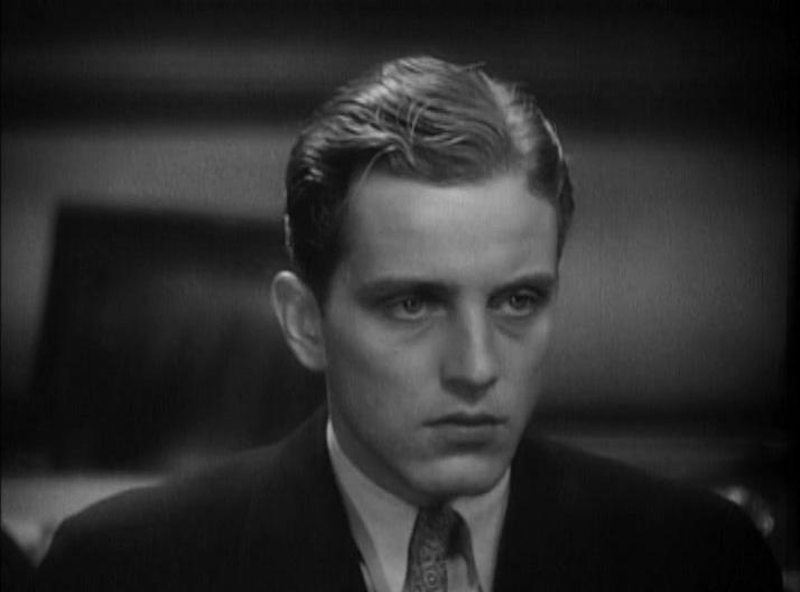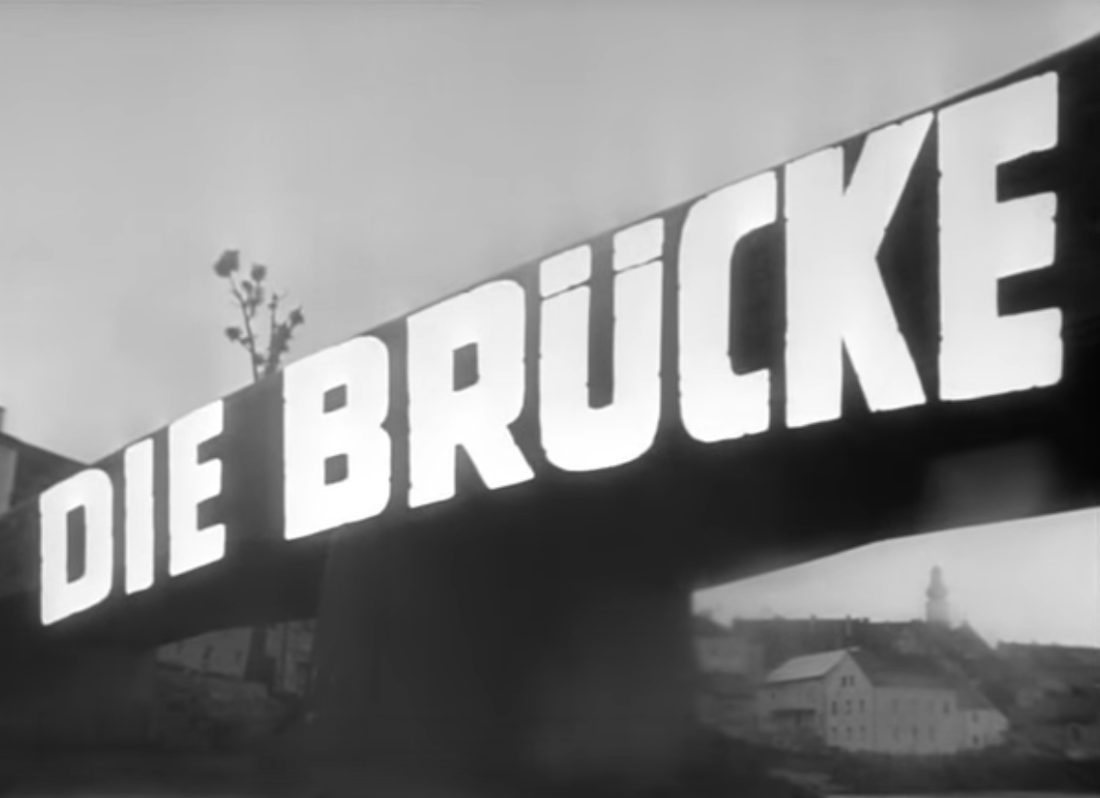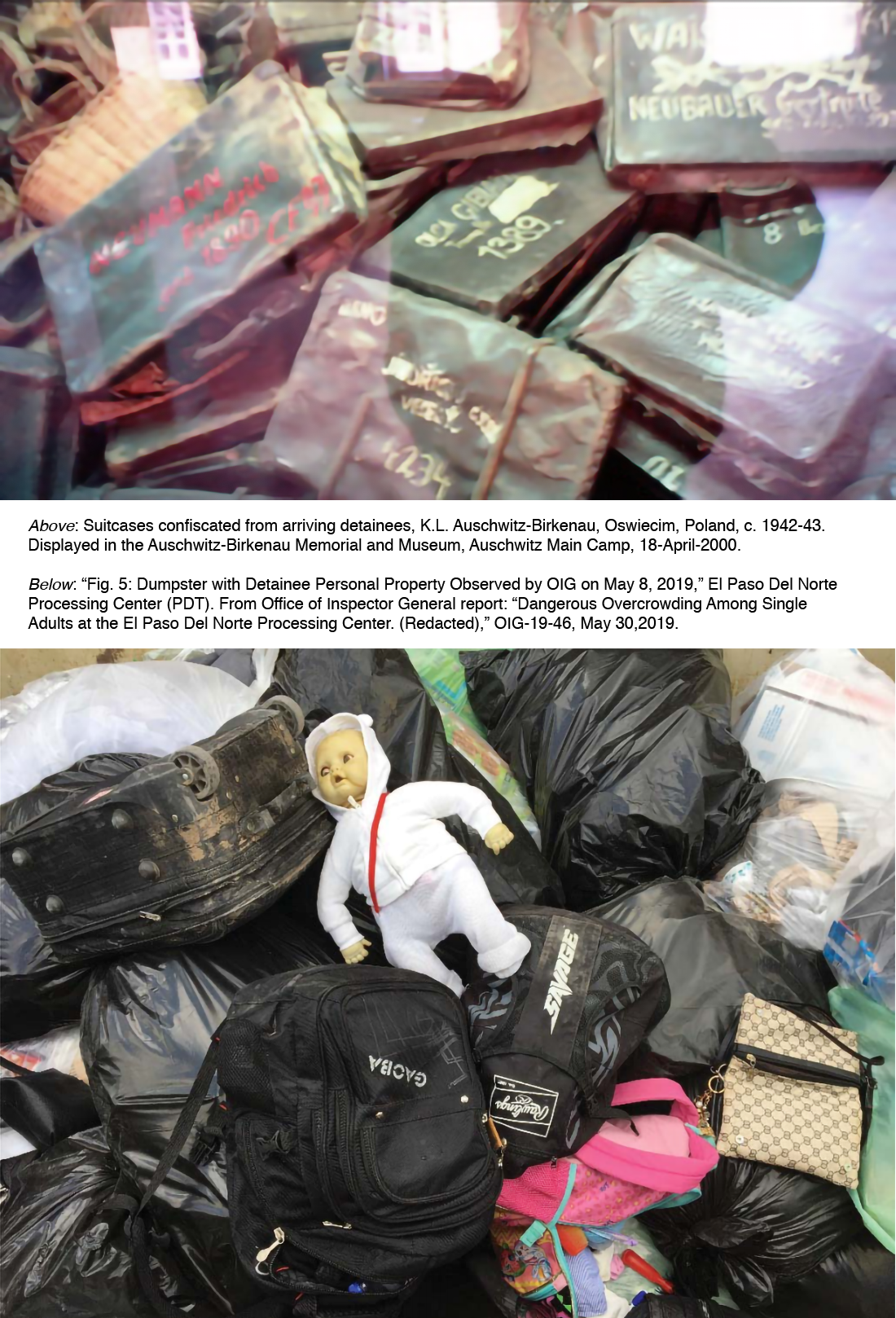We can’t afford it but it’s real. Don’t forget: Ignore outrages and DJT. Focus on Tom Homan and Stephen Miller, who remind me of Eichmann and Heydrich. Read the stories not only of Oskar Schindler and The Franks, but of Corrie ten Boom and the price of providing sanctuary for undesirables. Worth every penny. Corrie’s…
Tag: World War II
An 80-year-old Letter
Beginning of the End Day—Year 80
“Instead of “Thank you for your service,” try, “We’re sorry you had to expend your blood, sweat, tears and toil to clean up our monumental failings.” Every time you meet one of the dwindling numbers of WWII veterans (and those of all the other magnificent little American wars we’ve fallen into), keep your mouth shut and your brain focused on peace. These “Greatest Generation” folks answered the bell and won the fight. We might not be as blessed next time.”
Normandy 2019
Tragically brilliant.
Movie Night: An American Tragedy
“Basically, amoral social climber from poor background seduces poor factory girl, gets her pregnant, wants to marry a rich socialite and so kills poor factory girl by smashing her in the head with his tennis racket and dumping her body in a lake, fakes a canoe accident, trips self up by being basically an idiot, dies in electric chair after mercy is refused by Governor Charles Evans Hughes.”
Movie Night: Die Brücke
“It’s hard to think of a better illustration of the end of the European theater of war free of the pernicious and ubiquitous American boo-yah of so many countless war films.”
Movie Night: Ich War Neunzehn
“Konrad Wolf’s 1968 feels like a real 1945; he takes us back to his youth and we’re submerged in the fog that he had to navigate through once upon a time.”
Pocket Guide to France, or, Onward to Parisian Mademoiselles
“You are a member of the best dressed, best fed, best equipped liberating Army now on earth. You are going in among the people of a former Ally of your country. They are still your kind of people who happen to speak democracy in a different language.”
Beginning of the End Day
“Instead of “Thank you for your service,” try, “We’re sorry you had to expend your blood, sweat, tears and toil to clean up our monumental failings.” Every time you meet one of the dwindling numbers of WWII veterans (and those of all the other magnificent little American wars we’ve fallen into), keep your mouth shut and your brain focused on peace. These “Greatest Generation” folks answered the bell and won the fight. We might not be as blessed next time.”
No Slope, No False Equivalency. Just the Same. Damn. Thing.
Immoral, indecent, inhumane. … We are running concentration camps and human beings are dying.
World War II After World War II
“There are obviously many websites on WWII weapons, and many on post-war weapons, but I have always been fascinated with WWII weapons being used after the war.”










